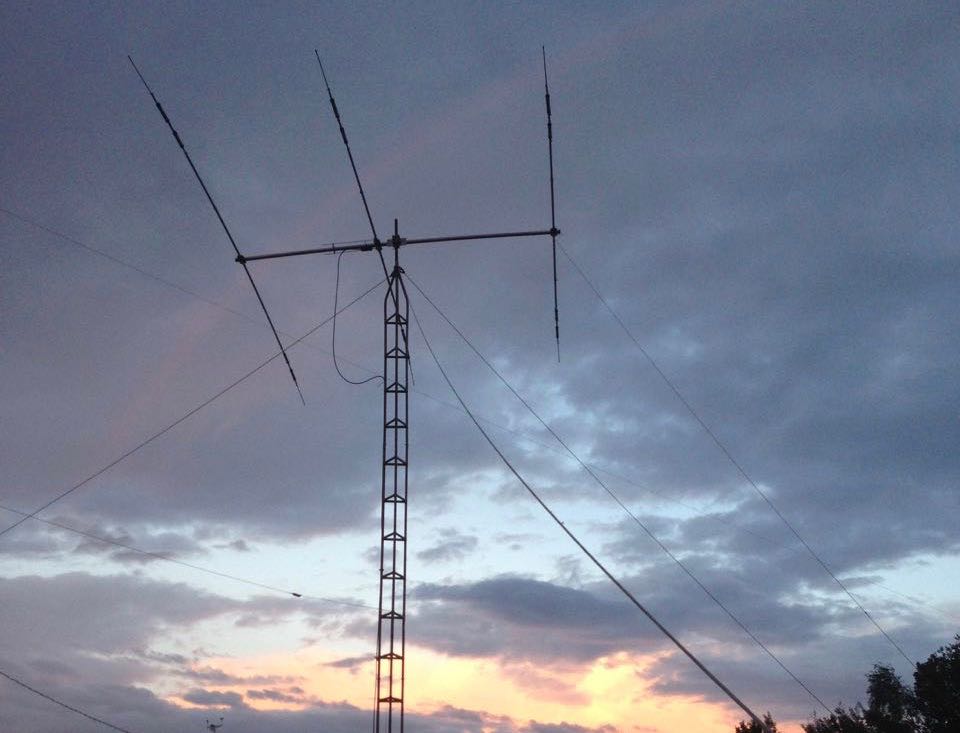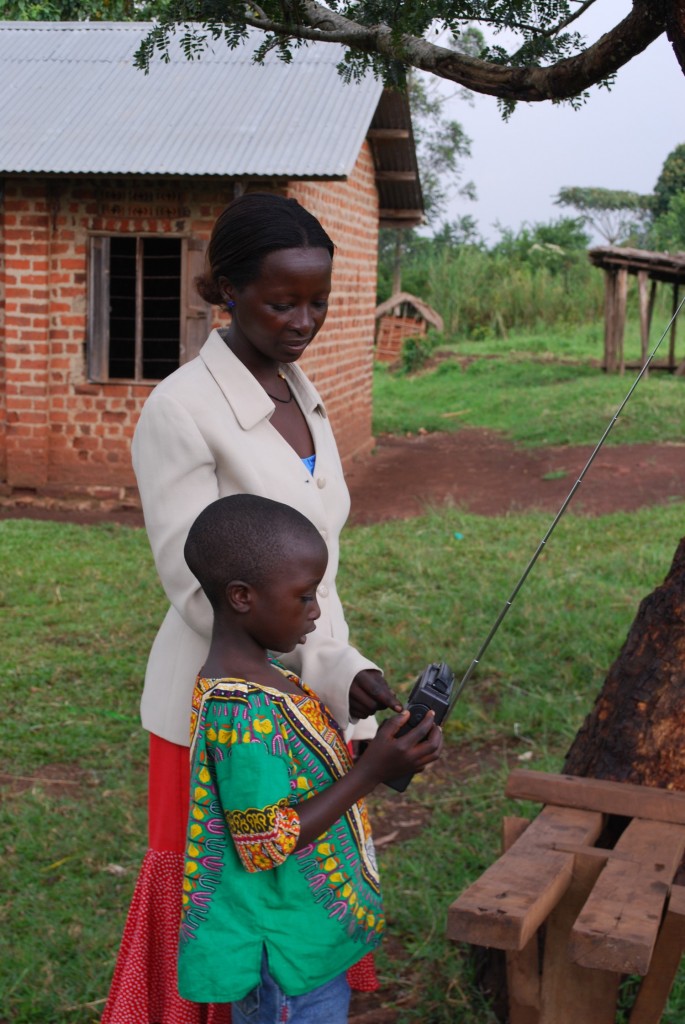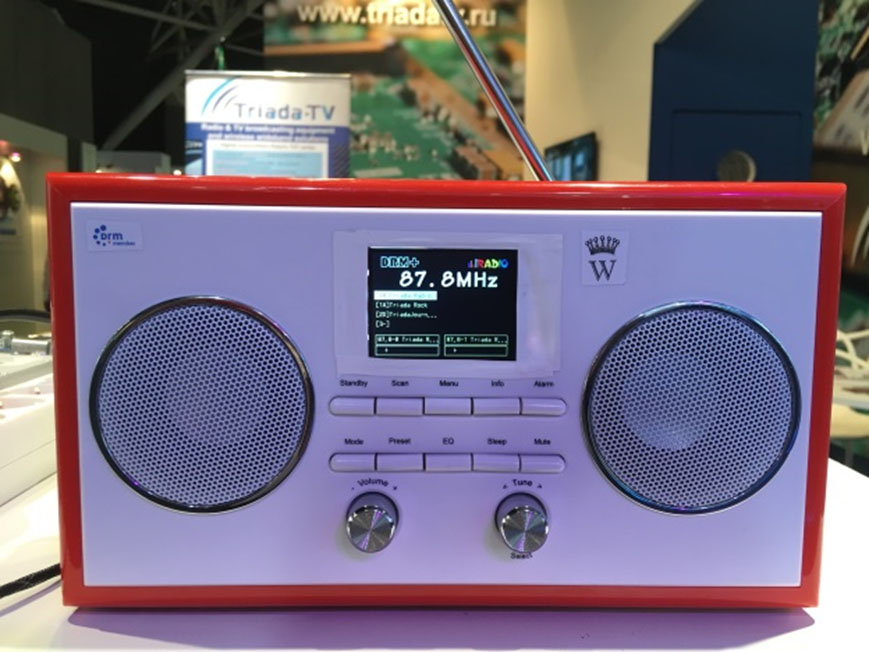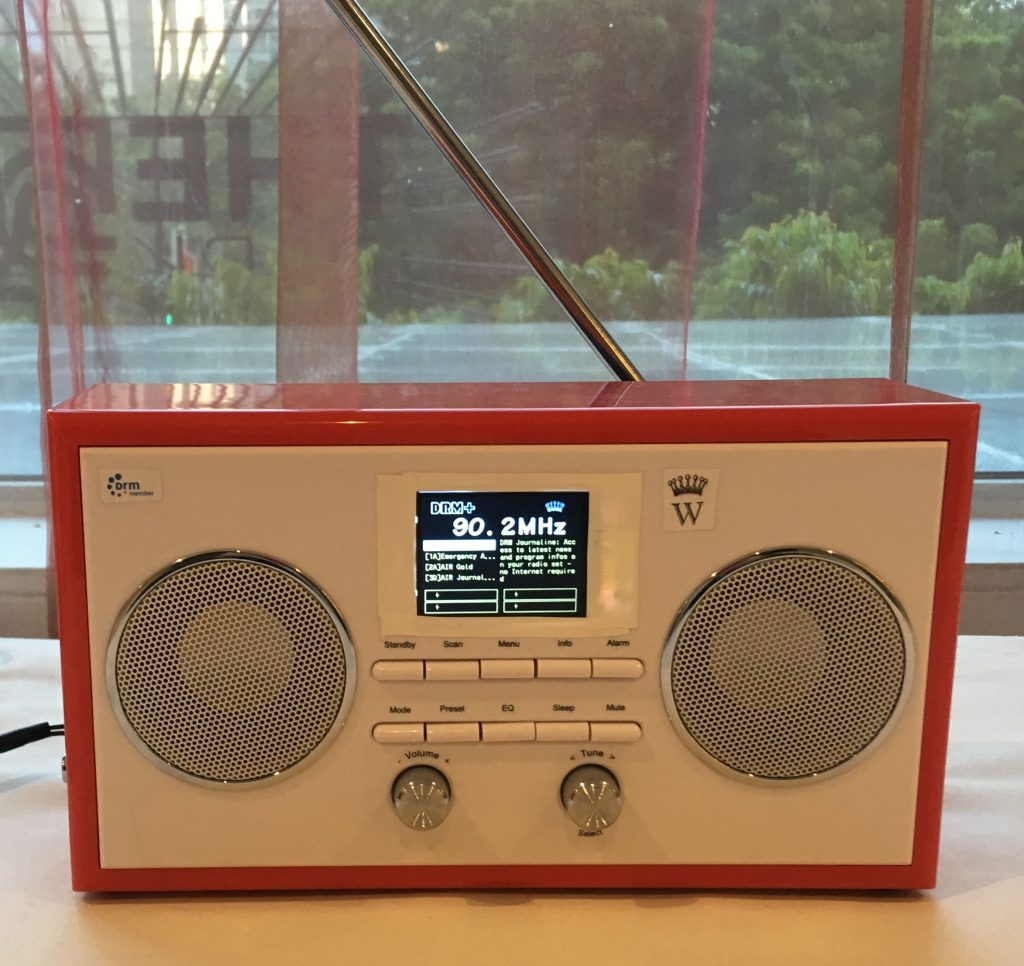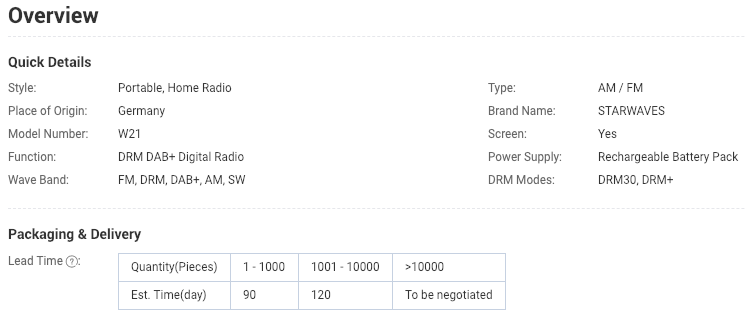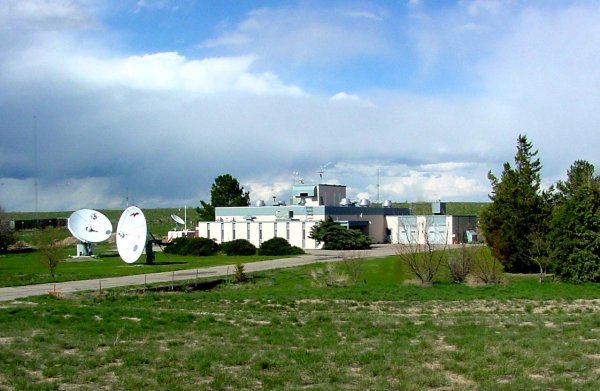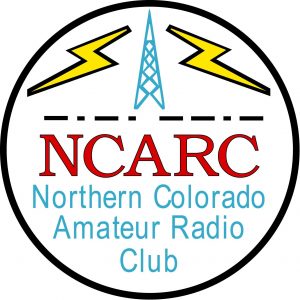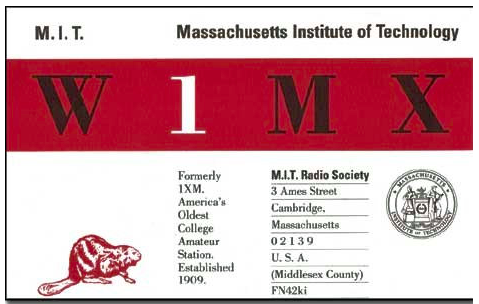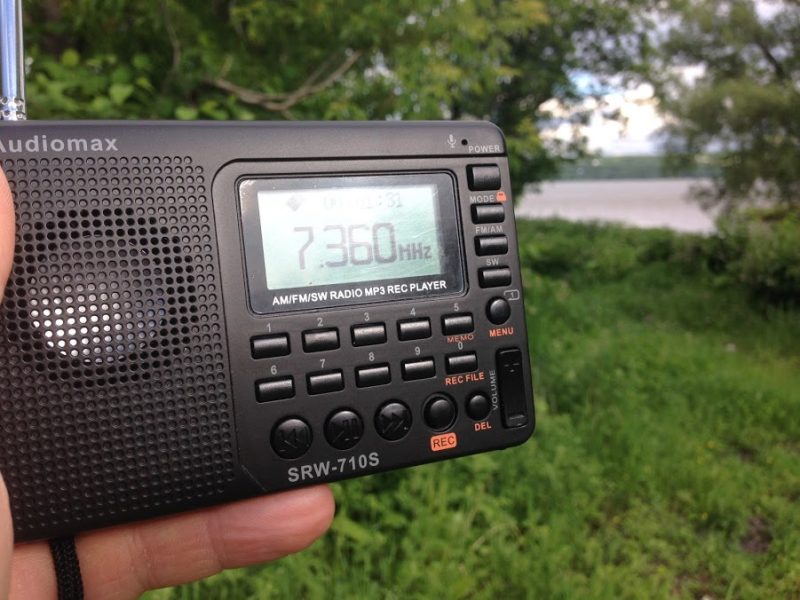
Many thanks to SWLing Post contributor, The Professor, who writes:
I’ve had one of these for along time, and it’s been pretty much the only way I’ve recorded radio for years. It’s an easy to use rock solid workhorse.
My biggest complaint is the lack of recording format choices, and I’ve long hoped there would be a firmware update to expand them. Sure, being able to record WAV files would be welcome, but I’m not really in need of that. What I would like is a broader range of MP3 encoding options, up to 320kbps. And of course, to be able record in mono or stereo. All MP3 options on everything are just stereo by default, because almost everybody is dealing with post 50s music in the MP3 format, and that’s always stereo. But AM and shortwave radio are of course only mono, as are phone conversations, which this device is specially outfitted to record.
It’s a waste of a channel. If it’s a mono source it’s a waste of space on the SD card just for starters. But don’t forget that the encoding rate is divided by two in a stereo format. A 160kbps mono file is equal to a 320kbps stereo file. So, a 192 mono file would be superior to a 320 stereo file. Of course, I could get into “joint stereo” and VBR and throw in more variables, but what I’m saying here is pretty much on point.
That said, AM broadcasting is rather limited in acoustical dynamics, at least as we know it. I’ve found that it’s very hard for almost anybody to hear any artifacts in a 32kbps mono recording of AM radio. It stands up to compression well. And it also stands up well to RE-compression. I often expand the MP3 files I make on this into mono WAV files and tidy them up and normalize and edit them. I never notice any artifacts in the MP3 encode I make of the resulting file(s). So, I’d like more encoding formats, but the 192kbps stereo option on the DAR-101 is fine for me in the end.
This recorder also makes a fine speaker for a laptop. When you hit record the first time the speaker monitors the audio source out loud. You press record again and it starts to lay down audio on the card. So if I want to use it as a speaker I just leave it in “ready to record” mode. Works fine.
And for you old cassette heads, it looks enough like a cassette deck, which is comforting I suppose. I think the wall wart AC power adds a little noise. I just make sure the batteries are charged when I’m going to use it. And sometimes it makes a difference to keep it a couple feet from your radio to avoid any little bit of RFI.
In general, I highly recommend the DAR-101. If anyone has any questions feel free to ask.
Thanks for sharing your review of the DAR-101 and your recommendations for recording amplitude modulation!
The DAR-101 is currently $87.95 on Amazon (affiliate link) and $99.95 at Universal Radio. I’ve also found used ones on eBay for as little as $50.70.

